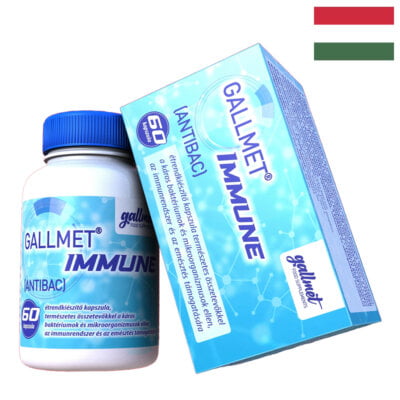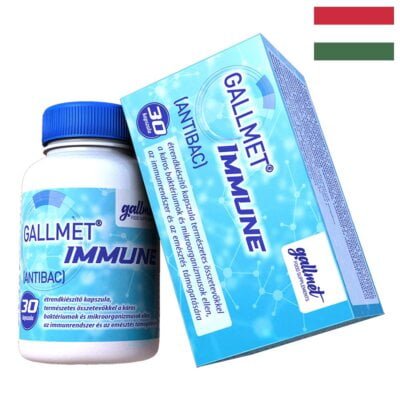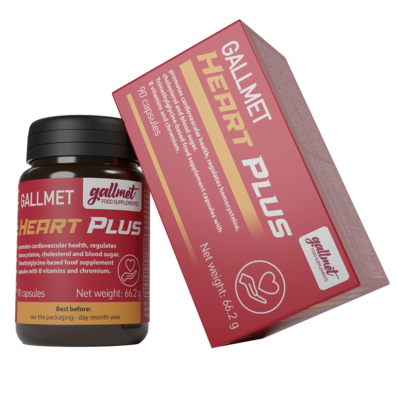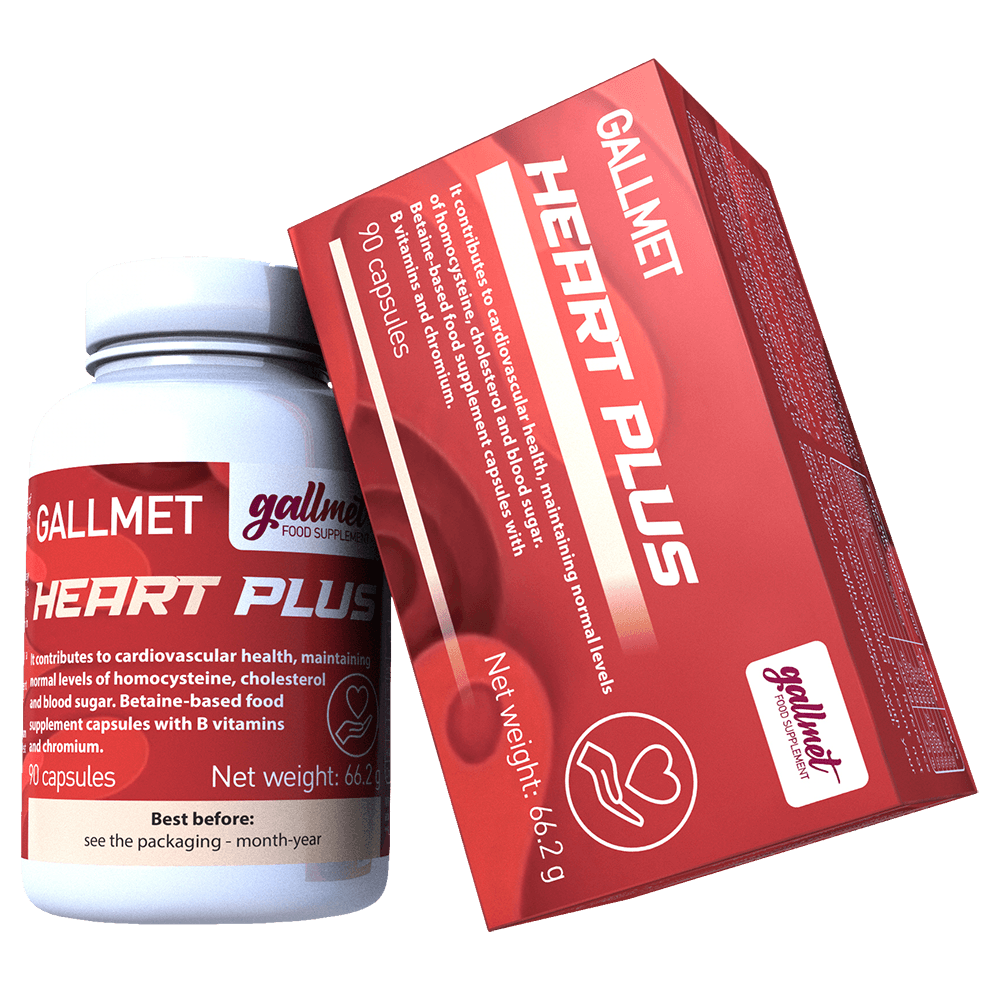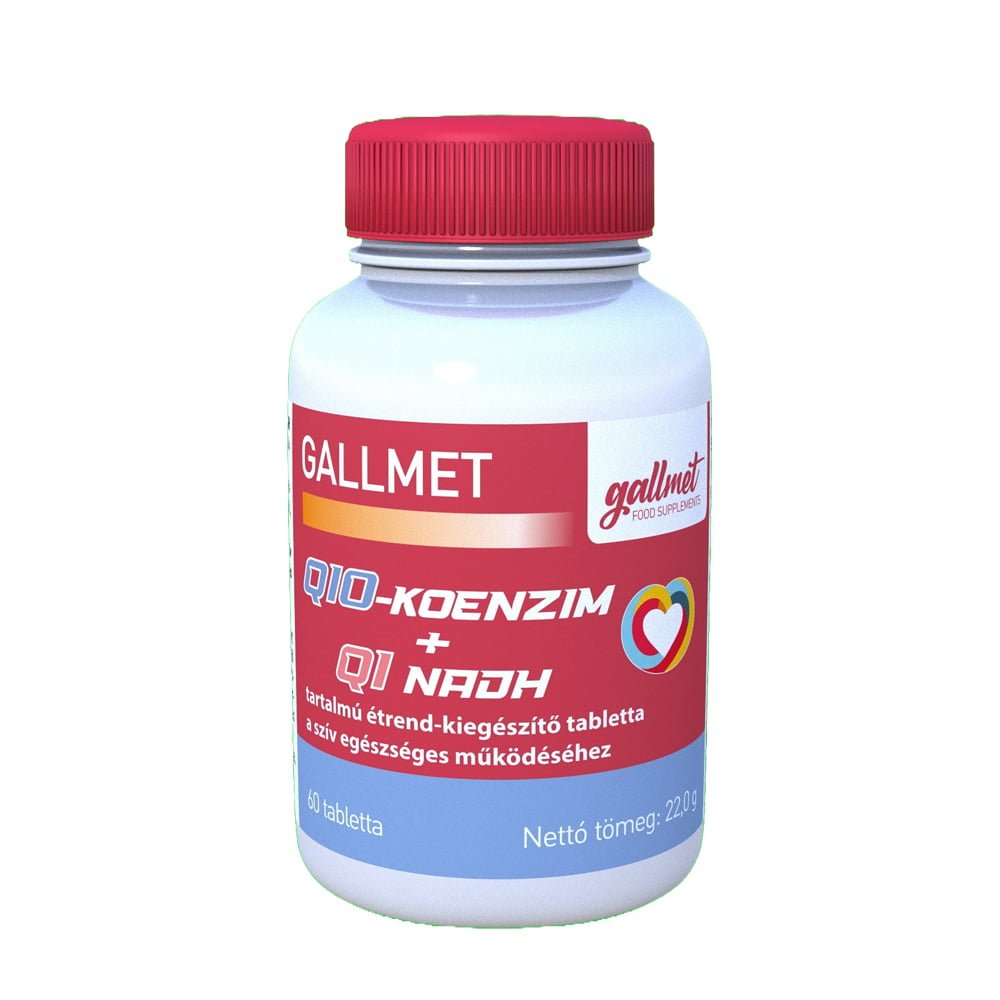Association of ALS disease with homocysteine levels and the immune system
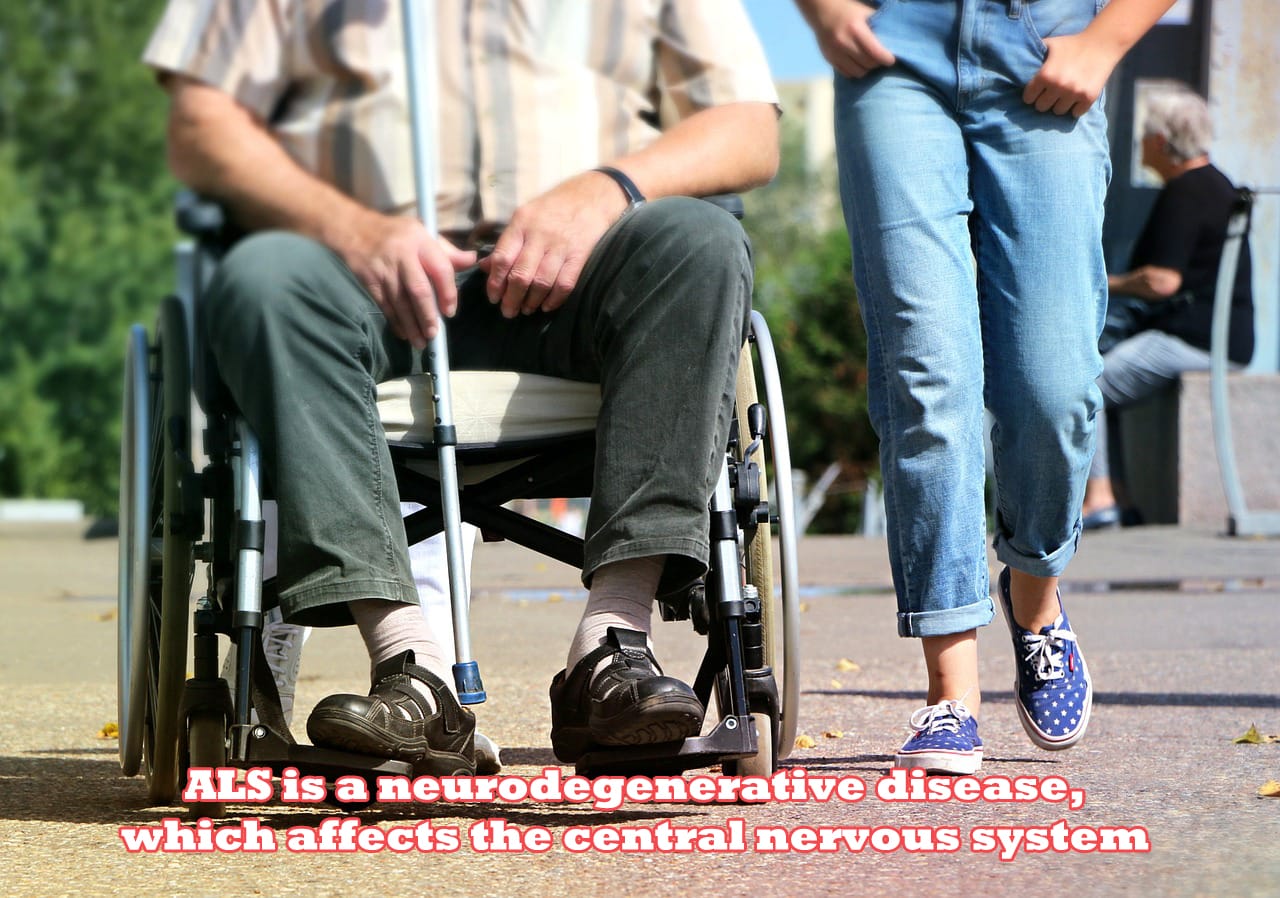
Amyotrophic lateral sclerosis (ALS) is an incurable disease affecting the central nervous system, in which muscle weakness/ atrophy occurs due to damage to the nerve cells responsible for muscle movement. Although survival may be as short as a few years, the deterioration in quality of life can be slowed with appropriate therapy.
Modern medicine is learning more and more about the processes underlying neurological diseases. Recent research highlights that inflammatory processes play a key role in the development of many neurological diseases [1,2].
At present, the treatment of amyotrophic lateral sclerosis (ALS) is symptomatic and there is no known cure for the disease. The aim is therefore to relieve symptoms and improve the quality of life of the person concerned.
Medication is an integral part of the therapy, as it is considered to be the most appropriate for relieving symptoms. In addition, physiotherapy, respiratory and speech therapy, and psychological treatment are needed. The treatment of ALS is therefore a complex and complex process, which requires the help and involvement of several specialists.
Causes of ALS: A complicated question
Amyotrophic lateral sclerosis (ALS) is a complex neurodegenerative disease, the exact causes of which are not yet fully understood. Although there is a lot of research on the subject, scientists are still searching for the final answer.
Known factors and theories
- Genetic factors: ALS is inherited in a small proportion of cases (5-10%). Mutations in several genes have been identified that may increase the risk of developing the disease.
- Environmental factors: some studies have suggested that certain environmental factors, such as exposure to certain chemicals, may increase the risk of developing ALS.
- Damage to nerve cells: in ALS, motor neurons gradually die, leading to weakened and atrophied muscles. The exact mechanism of this process is not yet fully understood.
- Oxidative stress: oxidative stress, which can lead to cell damage, may also play a role in the development of ALS.
- Other factors: some research suggests that viral infections, immune system dysfunction and dietary factors may also play a role in the development of ALS.
- Endotoxins: One of the most significant risk factors is the presence of endotoxins, in particular lipopolysaccharides (LPS), substances derived mainly from the dead cell wall of bacteria in the intestinal tract, which can trigger inflammatory processes in various parts of the body [2,3].
It is important to note that ALS is not usually caused by a single cause, but can be a combination of many factors. The factors that play a greater role may vary from case to case.
Some studies have suggested that high homocysteine levels may increase the risk of ALS and/or may result from or exacerbate the course of the disease. Homocysteine is an amino acid that is produced during protein synthesis and is converted into other compounds by B vitamins. When this process is disrupted, homocysteine accumulates in the blood and can damage blood vessel walls and nerve cells.
Another study found that homocysteine levels not only affect the risk of ALS, but also the course of the disease. Researchers found that ALS patients with high homocysteine levels deteriorated faster than those with low homocysteine levels. The study suggests that lowering homocysteine levels with B vitamins could improve the condition of ALS patients.
The GALLMET Heart Plus capsule contains levels of folate (vitamin B9), betaine, vitamin B6 and B12, all of which contribute to proper homocysteine levels in the body, reducing the risk of developing neurological and cardiovascular diseases, including ALS, and alleviating symptoms in the case of established disease!
In the course of ALS, a weakened immune system and other bacterial, viral and fungal infections may occur, which GALLMET-Immune (AntiBac) capsules can help to alleviate.
The bile acid content of GALLMET-Immune (AntiBac) capsules supports the immune system by breaking down the lipid-coated macro fatty skeleton of viruses, bacteria and pathogens, making pathogens more accessible to immune cells, thus relieving the immune system. They also break down endotoxins (internal toxins produced by the breakdown of bacteria and other toxins) in the gut, preventing them from being absorbed and entering the bloodstream.
Bile acids act as a natural defence against endotoxins:
- Bind and neutralise LPS molecules [1]
- They inhibit the absorption of endotoxins from the intestinal tract [2]
- Reduce the production of pro-inflammatory substances [2,3]
Professor Dr. Lóránd Bertók, the discoverer, wrote the following: "Based on the detergent action of bile acids physico-chemical protectionwe have identified a general defence mechanism of the organism, which covers all pathogens that have a lipid, lipoid, lipoprotein, phospholipid, peplone, etc. envelope, i.e. an envelope that contains fat ..." The role of bile acids in the physico-chemical protection of the body (Hungarian Science, 2008/07 p. 844.)
The protective role of bile acids
During inflammation of the nervous system, immune cells in the brain and spinal cord are activated [1]. Bile acids have a multifaceted protective effect:
- They regulate the immune system [2]
- Reduce inflammatory processes [1,3]
- Protect nerve cells from damage [2]
- They help eliminate toxins, including endotoxins [1,2]
The herbal ingredients of GALLMET-Immune (AntiBac) (turmeric, black elderberry, king of bitters, garlic) also support the immune system, both individually and together. Andrographis and turmeric have immunostimulant and anti-inflammatory effects, and elderberry and garlic help to protect against viruses.
[1] Lee J, et al. (2015) "Neuroinflammation in Amyotrophic Lateral Sclerosis: Role of Glial Cells" https://pmc.ncbi.nlm.nih.gov/articles/PMC5567007/
[2] Glass CK, et al. (2010) "Mechanisms Underlying Inflammation in Neurodegeneration" https://pmc.ncbi.nlm.nih.gov/articles/PMC2873093/
[3] Zhao W, et al. (2013) "Immune and inflammatory mechanisms in ALS" https://pmc.ncbi.nlm.nih.gov/articles/PMC3182412/
GALLMET capsules are available in ALL Hungarian pharmacies or can be ordered!
GALLMET products are available in ALL Hungarian pharmacies and herbal shops or can be ordered!
All health recommendations related to homocysteine level

Homocysteine
About homocysteine - a little biochemistry and history
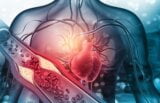
Circulatory disorders
Association of cardiovascular diseases with homocysteine levels

Diabetes
Association between diabetes and blood homocysteine levels

Metabolic syndrome
Association between metabolic syndrome and homocysteine levels

Gout
Association of gout with kidney damage and homocysteine levels in the blood

Neuro-degenerative diseases
In case of Alzheimer's disease, Parkinson's disease and dementia

Coronavirus infection
Association between severe coronavirus infection and high homocysteine levels

Cancer
Association of cancer with insufficient vitamin B9 utilisation
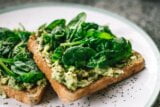
Folic acid or folate
Folic acid or folate - what's the difference?

